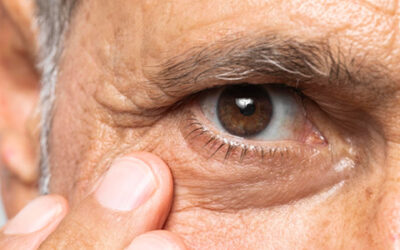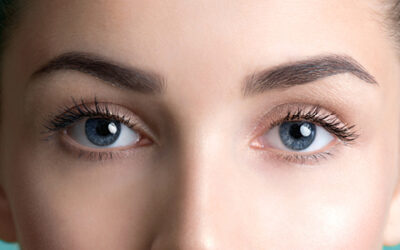Refractive Error
A refractive error is a common eye disorder where the eye cannot clearly focus the images from the outside world. The result of refractive errors is blurred vision, which is sometimes so severe that it causes visual impairment.
The reason that refractive errors occur is to do with the shape of your eye, which does not bend light correctly, so it cannot focus directly on the back of the eye where the retina is located. As the retina is essential for converting the light that enters your eye into electrical signals to your brain that then produce the images you see, any problems with light reaching the retina will create vision disturbances. The most common refractive errors include:
Myopia: shortsightedness
Also known as nearsightedness, this is when a person can see objects up close clearly but has difficulty seeing objects in the distance. Myopia occurs when the eye is too long or the cornea (the clear front surface of the eye) is too curved. This causes light to focus in front of the retina instead of on it, making distant objects appear blurry. Myopia can also be caused by an irregularly shaped lens.
Hyperopia: farsightedness
Being farsighted means that you can see distant objects more clearly than nearby objects. Hyperopia occurs when the eyeball is too short, or the cornea (the clear front surface of the eye) is not curved enough. This causes light to focus behind the retina instead of directly on it, resulting in blurry vision when looking at nearby objects. Hyperopia can also be caused by an ageing lens that becomes less flexible, making it difficult to focus on nearby objects. It is a common condition that can affect both children and adults, and it can often run in families.
Astigmatism
Astigmatism is a common vision condition in which the eye is unable to focus light evenly on the retina, resulting in blurred or distorted vision. Unlike myopia or hyperopia, which are caused by an irregularly shaped eyeball, astigmatism is caused by an irregularly shaped cornea (the clear front surface of the eye) or an irregularly shaped lens within the eye.
Presbyopia
Presbyopia is a common age-related condition that affects a person’s ability to see close-up objects clearly. It is a normal part of the ageing process and typically begins to occur around the age of 40. Presbyopia occurs when the lens in the eye becomes less flexible and is unable to focus on close-up objects. As a result, people with presbyopia may experience blurred vision when reading, using a computer or performing other close-up activities.
Amblyopia
Often referred to as lazy eye, amblyopia occurs when the brain and the eye are not working together effectively, causing one eye to become weaker than the other. The most common cause of amblyopia is strabismus, a condition in which the eyes are misaligned and point in different directions. In some cases, amblyopia can also be caused by a significant difference in the prescription of each eye.
Detecting and Treating Refractive Errors
Our eye care professionals check for refractive errors including the ones listed above as part of your standard eye exam. From here, you’ll be offered several solutions, which may include glasses or contact lenses, among other options. You may notice that when you treat refractive errors, issues like vision-related headaches and painful eye strain also diminish.
If you’re concerned about refractive errors, blurred vision or recent changes to your vision, book your annual eye exam at our Queensland and New South Wales clinics by selecting your preferred location here.
Recent Articles
Eye Conditions
Eye Conditions Optometrists treat and diagnose a wide range of vision and ocular health problems, and can provide advice, treatment plans or referrals to manage all manner of concerns.Whether you need an eye exam to update your spectacles, or have a question or are...
Amblyopia: Lazy Eye Symptoms and Treatment
Amblyopia: Lazy Eye Symptoms and Treatment Amblyopia is a condition when one eye is unable to see as well as the other eye, even with glasses correction. This is also loosely called ‘lazy eye’. Amblyopia occurs when the brain is unable to process what one eye sees as...
All You Need to Know About Myopia
All You Need to Know About Myopia (near-sightedness) Myopia, or near-sightedness, is a type of refractive error or an eye focusing disorder, where objects up close look clear but distant objects look blurred. It is one of the most common vision problems...




